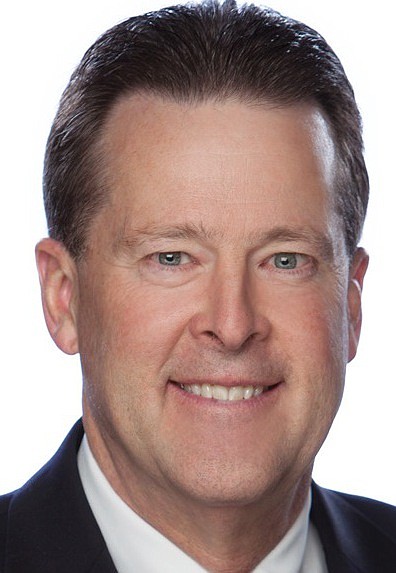Hayden approves comp plan
The Hayden City Council approved a comprehensive plan this week, unanimously voting for the document they anticipate will guide the city’s growth in the decades to come.
“The plan is really more of a guide,” councilman Matt Roetter said...
Become a Subscriber!
You have read all of your free articles this month. Select a plan below to start your subscription today.
Already a subscriber? Login





